ArtistGyörgy KEPES: Glowing Columns (1973)




1906-2001György KEPES
http://www.kepeskozpont.hu/en/kepes-intezet/kepes-gyorgy/
We need the mind of a scientist, the heart of a poet, and the eyes of a painter.
Glowing Columns (1973)
Light installation (glass tubes filled with helium, steel support structure, time switch)
Reconstruction of the lost work (Miklós Bölcskey, 2012)
Loan from the collection of the Kepes Institute, Eger
Painter, photographer, designer, and media theoretician György Kepes was an associate of László Moholy-Nagy for over a decade. In 1937 he established the first workshop at the New Bauhaus in Chicago that focused exclusively on the study of light as an aesthetic medium. Dedicating his life’s work to the intersection between art and science in 1967 Kepes founded the Center for Advanced Visual Studies (CAVS) at MIT, one of the world’s leading technological universities, with the aim of bringing interdisciplinary artists together with scientists and engineers to come up with ideas on the environmental and social problems that threaten our everyday lives. At Kepes’ center experiments have been conducted with lasers, holograms, videos, and other electronic imaging media. It was the first known venue in the world where research into kinetic art could be conducted in an institutional setting. György Kepes’ light sculpture Glowing Columns, constructed in 1973, was grounded in the aesthetic features of the new devices that accompanied the development of modern technology. The piece was exhibited for the first time at the Museum of Science, Boston, in the artist’s retrospective exhibition. The tower-like structure, suspended into space from above, was inspired by the workings of the heating filaments of a bread toaster that resembled tiny radiators. Kepes was fascinated by the mere sight of these wires, which first turned yellow, then orange, and then finally glowed red. The original idea was that as the rods became hot, the backlighting would gradually fade, and as they cooled again and the warmth of the colours faded, the room lighting would intensify. The artist also considered the possibility of a virtual extension of the lighting environment. By placing a mirror under the six rows of chrome-nickel rods he was able to double the spatial experience. This visual contrast was also played on by the rock fragments Kepes originally placed on the surface of the mirror poster, a symbolic reference to the importance of the unity between the natural and the artificial environment.

Dedicating his life’s work to the interaction between art and science, György Kepes (Selyp/Lőrinci – 2001, Cambridge, Mass.) began his pedagogical career in 1937 at the New Bauhaus in Chicago, where he was commissioned to teach a course on the use of light in art. In 1967 he established a center at MIT where he became the first person to conduct research on kinetic art in a programmatic way under the auspices of an educational institution.
Light Revolution ExhibitionARTISTS
Zalán ADORJÁN | Gáspár BATTHA | Bálint BOLYGÓ | BORSOS LŐRINC | Éva BORTNYIK | Attila CSÁJI | Attila CSÖRGŐ| Ben FODOR| GLOWING BULBS | Zsolt GYENES | HEALIUM | Tamás HERCZEG | Erzsébet HORVÁTH | György KEPES | Gábor KITZINGER| Ivó KOVÁCS | Éva KÖVES | Waldemar MATTIS-TEUTSCH | András MENGYÁN | László MOHOLY-NAGY | Erik MÁTRAI | András NAGY | Nicolas SCHÖFFER | Zalán SZAKÁCS | Ariel Dávid SZAUDER | Csongor G. SZIGETI | Csilla SZILÁGYI | Jeannette SZIRMAY | Andrea SZTOJÁNOVITS | Róbert TERKÁL | Csaba TUBÁK | Victor VASARELY | Viktor VICSEK | Ákos ZEMBA
